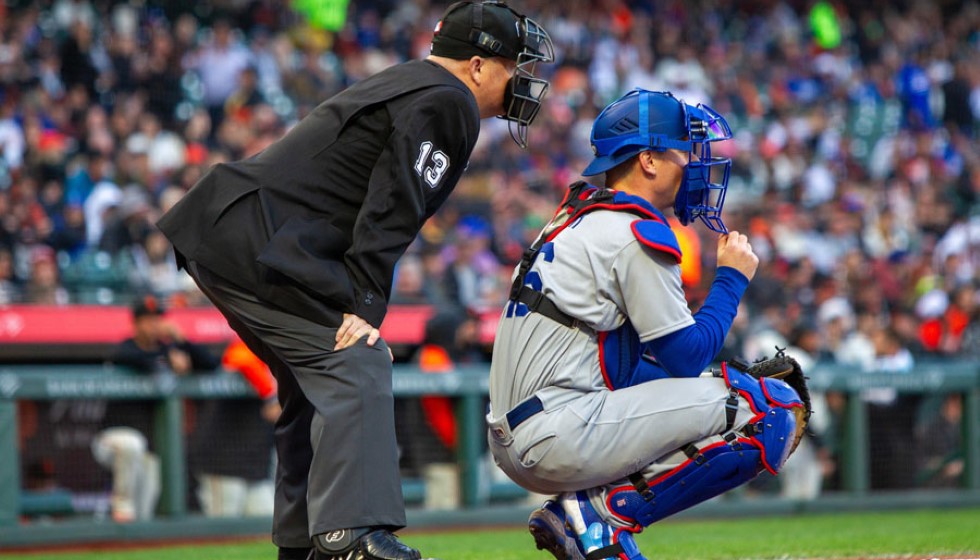
In major league baseball, the sidelines are increasingly populated with some of the game’s top pitchers, sidelined due to various injuries. Eury Pérez, Shane Bieber, Jonathan Loáisiga, and Spencer Strider are notable examples of talents currently out of action. Moreover, Framber Valdez, another critical name in the pitching world, had to be scratched from a scheduled start because of elbow soreness, highlighting a trend that's becoming all too familiar in the baseball community.
The Rising Concern Over Pitcher Injuries
Statistically, an alarming 34.2% of MLB pitchers have undergone Tommy John surgery, a procedure that replaces an injured elbow ligament with a tendon from elsewhere in the body. This figure not only underscores the physical demand placed on pitchers at the highest level but also points to broader systemic issues within the sport. As the season commenced, it was reported that 80% of the players on the injured list were pitchers, emphasizing the vulnerability of this group.
Changes in the game, including the implementation of a pitch clock designed to speed up play, could further exacerbate the strain on pitchers. This, coupled with an ongoing quest for increased pitching velocity and enhanced spin rates, inevitably places additional stress on pitchers' arms. The league’s crackdown on the use of foreign substances, intended to level the playing field, has been met with criticism from within the sport. Some argue that this policy has inadvertently led to more injuries, as pitchers struggle to adapt to the new rules without the tools they previously relied on for grip and control.
The Impact of Early Specialization and Game Changes
Another contributing factor is the trend toward early specialization in youth baseball, resulting in early wear and tear on young arms. This phenomenon has been linked to an increased risk of injuries as players progress through their careers. Additionally, concerns have been raised about the health impacts of reduced recovery time for pitchers, suggesting that modern training and playing schedules may not provide adequate rest for athletes to recuperate fully.
Despite the mounting evidence and vocal concerns from players, the league has yet to officially acknowledge or undertake a comprehensive study into the effects of these changes on player health. This reluctance has led to frustration among players, who feel the decisions made at the top do not fully consider their well-being and career longevity.
Player Voices and Concerns
Players have not been silent on these issues. Many express deep concerns over the direction the game is taking, especially regarding health and recovery. As one player put it, "Our concerns about the health impacts of reduced recovery time have only intensified." The sentiment reflects a growing unease about the sustainability of current practices and the need for the league to take a more proactive stance in safeguarding the health of its players.
The ban on foreign substances has been particularly contentious. One pitcher lamented, "I truly believe 100% that's why I got hurt. I'm frustrated MLB doesn't understand. You can't just tell us to use nothing. It's crazy." This perspective underscores a belief among players that the league's policies may be detached from the realities of the sport, potentially neglecting the intricate balance between maintaining fair play and ensuring athlete safety.
The league's current stance, or lack thereof, on these issues is perceived by some as an "unprecedented threat to our game and its most valuable asset -- the players." This strong language captures the urgency and frustration felt by many within the sport, emphasizing the need for a more thoughtful and holistic approach to managing the game's evolution.
Looking Forward
As major league baseball continues to evolve, the health and safety of its players, particularly pitchers, remain paramount. The sport finds itself at a crossroads, facing the challenge of balancing innovation with tradition, performance with well-being. The voices and experiences of those most affected by these changes must guide the way forward. A collaborative effort between the league, teams, and players is essential to address these concerns comprehensively, ensuring the long-term sustainability and integrity of the game.
In a sport as storied and beloved as baseball, the welfare of its players should always be the top priority. As the dialogue around these issues continues to unfold, it is the hope of many within the baseball community that actionable steps will be taken to not only preserve but to enhance the well-being of those who take to the mound.